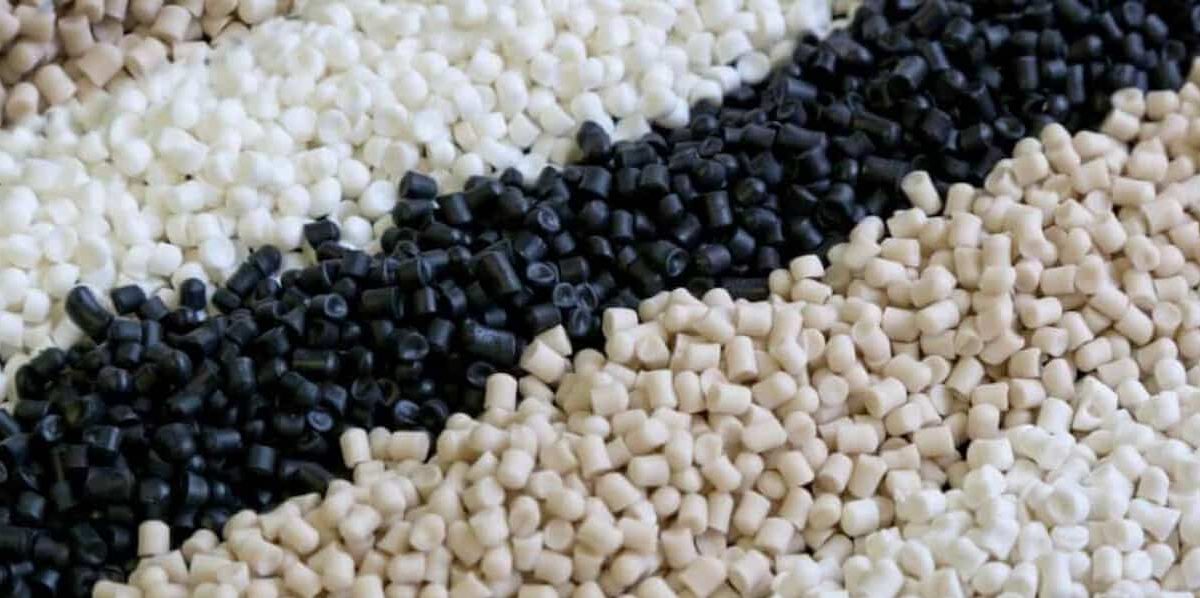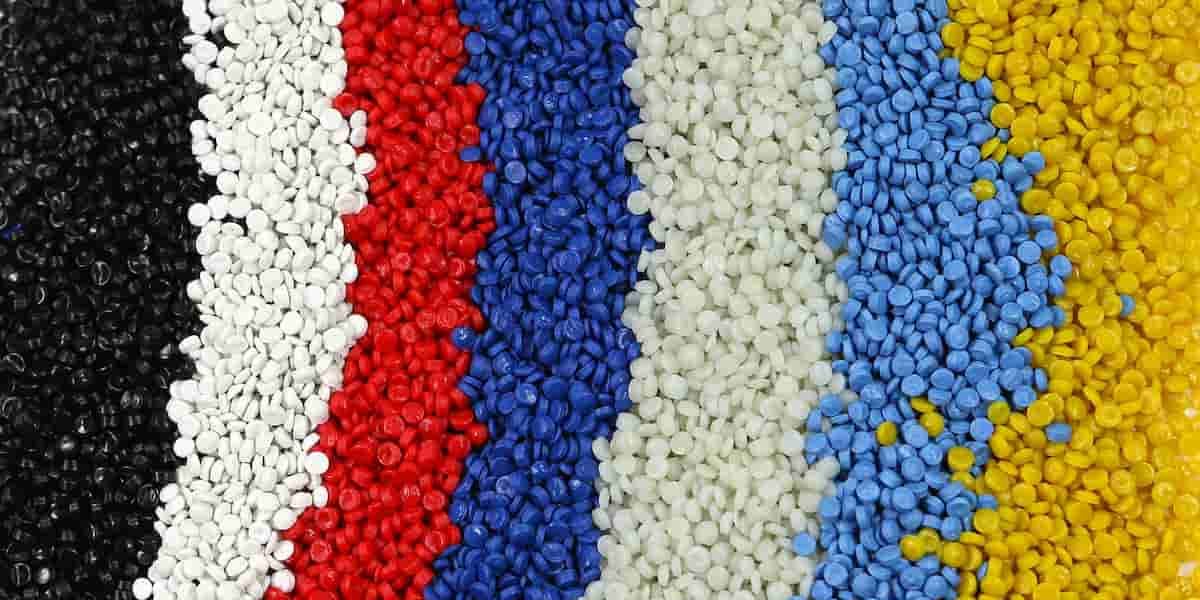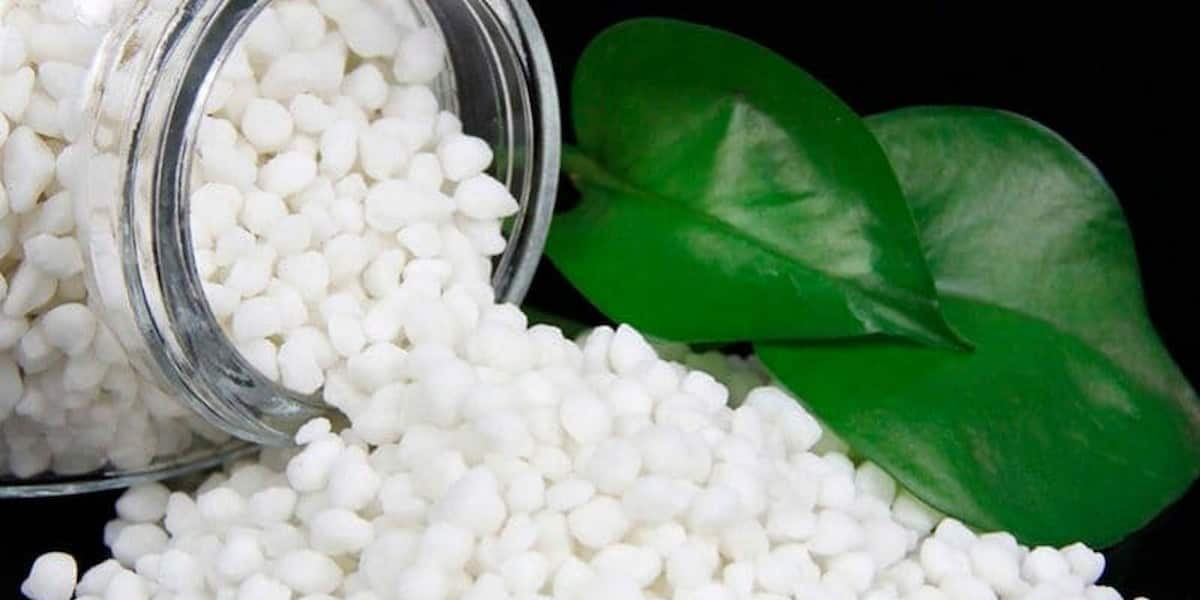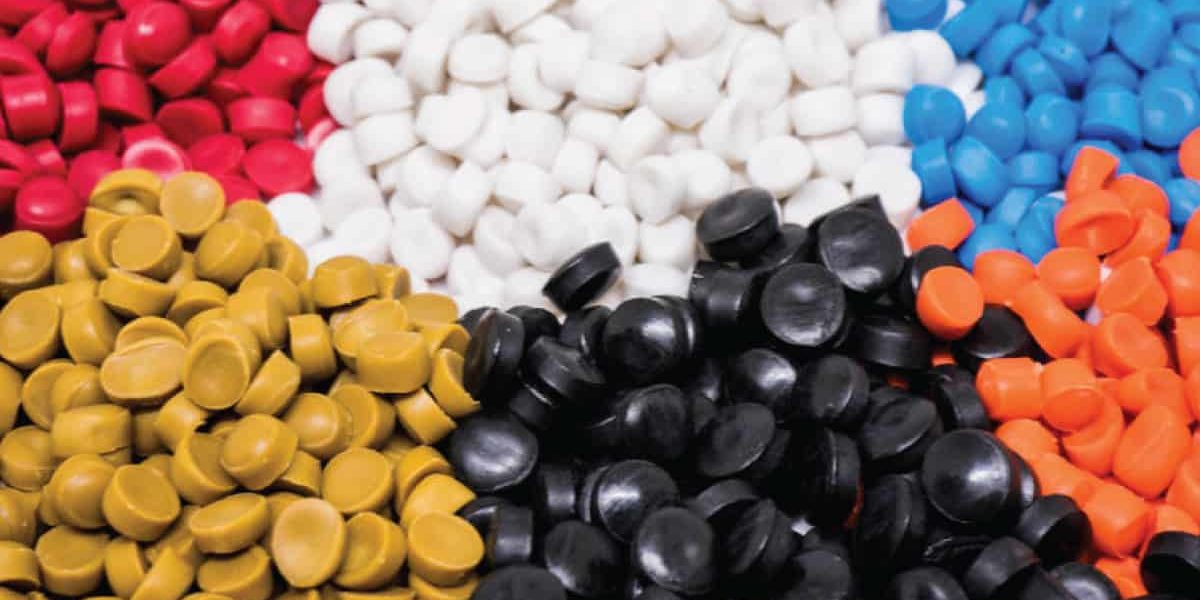fr xlpe compound price
XLPE (cross-linked polyethylene) is a material compound often used in electrical equipment that is flame retardant or fr
Its price difference is not remarkable, but its chemical composition renders it highly combustible
It burns at a far lower temperature than conventional polymers
XLPE is composed of two distinct chemical substances: ethylene glycol and bisphenol A
(BPA)
Ethylene glycol is a sweet-tasting, colorless, transparent liquid
BPA is a solid, white, crystalline substance with a pungent odor
Both substances are hazardous and have been associated with a variety of health issues, including cancer
The distribution of plastic bottles containing these substances is extensive worldwide
In 2008, their use was prohibited in the United States
However, several nations still permit them
What does it indicate?

This means that if you purchase electronics or other things containing XLPE, you may be exposed to toxic substances
These toxins can enter the body via food and drink
How do we know? Using our predictive model, we evaluated the toxicity of both substances
The danger of exposure to ethylene glycol was found to be minimal, whereas the risk of exposure to BPA was shown to be high
Why is this dangerous? The World Health Organization reports that “Exposure to trace levels of some phthalates can result in reproductive issues
Any chemical exposure can induce birth abnormalities and raise the risk of developing certain cancers
” What can be done? There are a number of strategies to limit your exposure to these substances
You should avoid purchasing electronics containing XLPE
Look for devices without XLPE if you wish to buy them
Additionally, seek out alternatives to plastic containers

Flame retardant
These substances are added to products to prevent them from catching fire
They accomplish this by altering the chemical reaction to heat
When these chemicals react, they produce bromine gas, which prevents the substance from igniting
Compounds of cross-linked polyethylene XLPE (cross-linked polyethylene) is a material that is resistant to heat and flame
It is extensively utilized in electrical tools and equipment
Polybromodiphenyl ethers (PBDEs) Since the 1950s, polybrominated diphenyl ethers have been utilized as a class of flame retardants
PBDE was created to replace tetrabromobisphenol A (TBBPA), which was prohibited in 2004 due to its toxicity
TBBPA is comparable to BDE 209 but significantly less expensive to manufacture
BDE 209 has been known to cause cancer, thyroid issues, alteration of hormones, immune system harm, and even birth deformities
The compound decabromodiphenyl ether

DecaBDE is a form of PBDE that includes 10 bromines as opposed to 2
It was created in the 1980s and continues to be widely employed today
Bromide-Athens Bromide
Comparable to BDE 209, vinyl bromide compounds are a class of substances having similar chemical structures
These substances have been related to numerous adverse human and animal impacts
PentaBDE
The PBDE PentaBDE was developed in the 1990s
It has five bromines rather than four
OctaBDE 7
OctaBDE is a PBDE that was created after the prohibition on decaBDE
It has eight bromines as opposed to six

fr xlpe compound
Polyethylene’s mechanical characteristics, thermomechanical qualities, and chemical resistance are enhanced through cross-linking
Numerous uses of cross-linked polyethylene (XLPE) necessitate flame retardancy or fr, particularly those involving XLPE in and around confined spaces, such as automobiles, ships, buildings, and tunnels
In these instances, flame retardant chemicals are completely absorbed into the final formulation
Common uses needing flame retardant (FR) XLPE include construction, the military, marine and other forms of transportation, and electronics
For such purposes, FR XLPE is used to create foam, wire, and cable shapes
Existing flame retardant technologies for XLPE accommodate all major crosslinking techniques, including peroxide/radical and silane-based crosslinking
Moisture Management and Radiation-Based Methodologies To sustain a fire, all three elements of the fire triangle must be present: fuel, oxygen, and heat

Typical flame retardant methods include one or more of the following to combat one or more of the fire triangle’s elements: Bromine or chlorine-containing additives that release flame retardant halogen radicals that reduce heat production rates; hydrogen in metals such as aluminum and magnesium oxides, which decompose endothermically to absorb heat and dilute fuel vapors; intumescent systems, typically based on molecules containing nitrogen and phosphorus, which form porous chars during combustion to slow heat transfer and fuel release; and various Synergistic or synergistic additives to further increase fire resistance
Halogen-free flame retardant (HFFR) technologies have exhibited a consistent long-term trend, in part due to HFFR’s propensity to emit less hazardous byproducts during burning
The Significance of XLPE Flame Retardant Compounds Flammable liquids can cause fires
These flames can result in loss of life, destruction, injuries, and property damage
Numerous nations have adopted legislation mandating the use of flame retardants to prevent these fires
The addition of flame retardants to materials reduces the risk of fire
Nonetheless, others argue that the usage of flame retardants may constitute a health risk to humans
Multiple pathways allow flame retardants to reach the environment, including direct release, leaching, drainage, and spillage
Some flame retardants can remain active for extended periods of time in the environment
Different types of flame retardants exist
They differ in chemical composition, physical characteristics, toxicity, persistence, and environmental behavior
Some flame retardants are not regarded to be dangerous to humans, yet they are harmful to animals

XLPEC compounds are frequently employed as flame retardants
They are utilized in several items, including furniture, textiles, electronics, plastics, rubber, insulation, and construction materials
In recent years, concerns regarding the possible dangers of flame retardants have intensified
As a result, numerous governments across the globe have prohibited the use of certain flame retardants
What are XLPE substances? XLPE is a polyethylene material that is extensively employed in the production of pipes, cables, wires, harnesses, and cable ties
XLPEC is an ethylene oxide (EO) and propylene oxide (PO) derivative (PO)
EO and PO are two epoxide kinds
Epoxides are compounds containing oxygen atoms that are covalently bound to carbon atoms

Compounds of XLPE are linear polymers created by connecting numerous EOs and/or ions
PO molecules
How are XLPE chemicals utilized? XLPEC works as a flame retardant by establishing a protective layer on high-temperature-exposed surfaces
This layer inhibits flames from spreading and minimizes the amount of fuel required to start a fire
How are XLPE polymers manufactured? XLPE compounds are produced by combining raw materials, heating them to high temperatures, adding catalysts, and finally cooling the mixture








